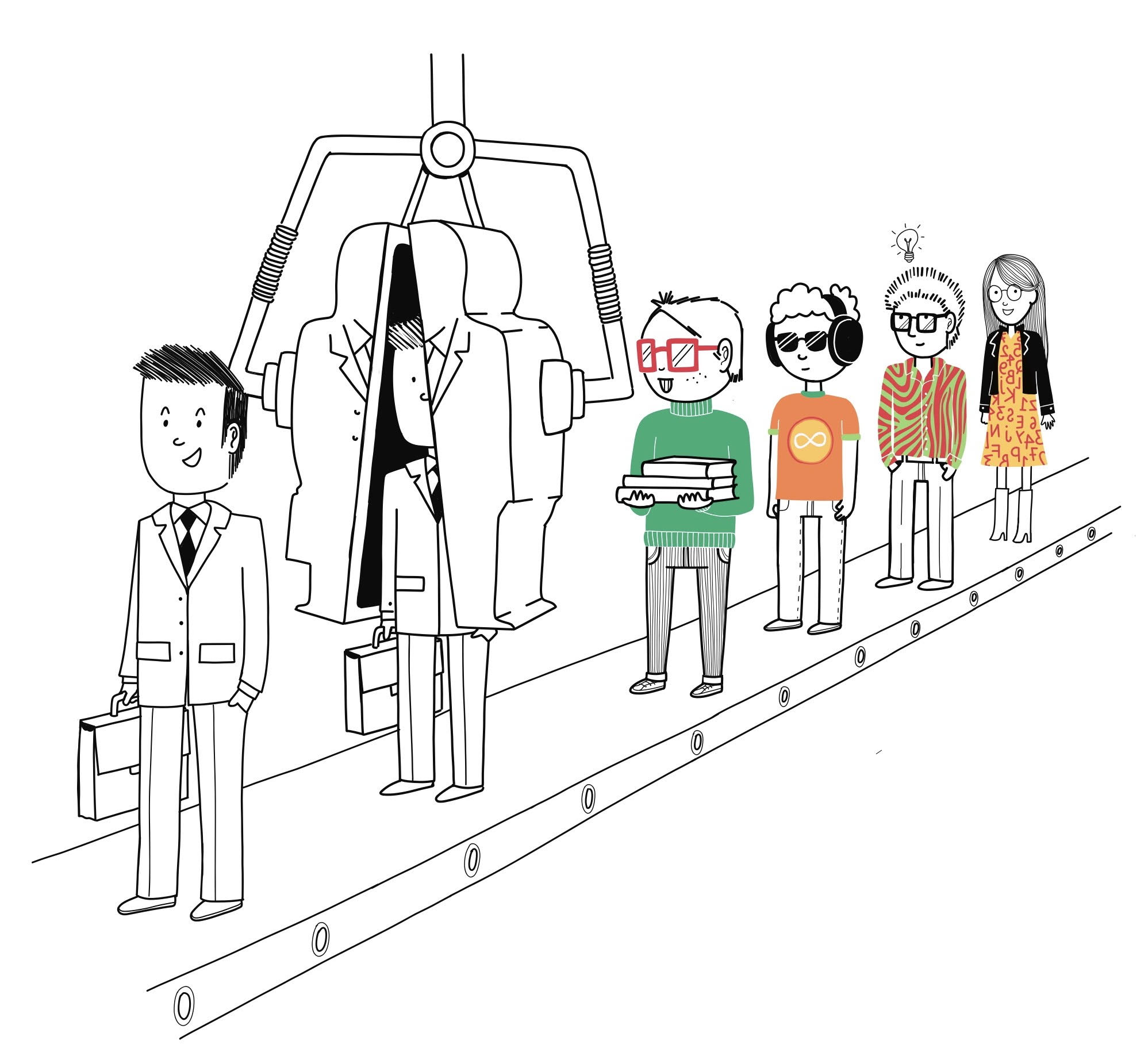It is not a secret: organizations have an increasing need to innovate while being confronted with a chronical expertise shortage, especially in technical or scientific fields. Many companies are now struggling to find or keep a competitive edge. The pandemic has seen absenteeism and attrition rates soar, which accentuates these issues. In addition, there is a pressure and a necessity to integrate a diverse workforce. This led most organizations to design Diversity and Inclusion (D&I) policies, aiming at increasing their diversity rate in gender, age, ethnicity, sexual orientation, and (physical) disability.
What is neurodiversity?
Neurodiversity covers a wide range of neurological differences, including Autism Spectrum Disorder (ASD), hypersensitivity, attention deficit hyperactivity disorder (ADHD), dyslexia, dysgraphia, dyspraxia, social anxiety disorders, Tourette syndrome, and Down syndrome. However, there is a lot of complexity within each form of neurodiversity; people may exhibit a high variety of characteristics across a wide spectrum. Many of these neurodiverse people have higher-than-average abilities and may have a very high Intellectual Potential. Some develop special skills in pattern recognition, memory, languages, mathematics, arts, etc.
Neurodiversity refers to a wide range of neurological differences that are not medically considered as disability in the absence of impaired intellectual abilities. Research shows that neurodiverse people may account for 15 to 20% of the total population – roughly 1 in 7 people. However, most anti-discrimination legislations are not explicit about neurological differences, nor this type of type of discrimination clearly tackled in the society. As a result, in most EU-countries, this population is systematically ignored in D&I policies. Hence the neurodiverse population remains an ignored, untapped talent pool.

What difficulty ensues?
Typically, neurodivergent candidates struggle getting through standard selection processes (e.g. computer-tests, role plays where standardized social abilities are expected). When they do land a job, they face challenges in a workplace designed for neurotypical employees, triggering sensory overstimulation, and leading to poorer performances in their case. In short, neurodivergent people are constantly expected to align their behaviors and needs on neurotypical standards, which is double punishment for them. As a result, the majority remain unemployed or are unlikely to keep a job in the long run.
Most organizations are familiar with the advantages they can gain from diversity in the backgrounds, gender, culture and other individual or collective attributes. When it comes to benefits of neurodiversity, these advantages are similar, but more direct. Neurodivergent people being wired differently, they process information in their own way. This cognitive diversity can offer totally new perspectives on organizational practices and potentially leverage innovative solutions. When given a chance and an open-minded environment, they may be a new competitive advantage for innovation-driven organizations.

How companies can help ?
Putting neurodiversity on the D&I agenda will inevitably lead to a more inclusive and open workplace. Besides, it will help organizations gain in perspectives on how they work and what they offer. To make it happen, it is necessary to review the hiring and onboarding processes, workplace environment and organizational culture so to allow for neurodiversity. We can help mindful organizations to work on the attraction, inclusion and retention of neurodiverse employees.
As an organization, you can make neurodiversity a fundamental component of talent acquisition by eliminating barriers faced by neurodivergent job seekers. As a consultancy and training provider, we design, implement and sustain neurodiversity hiring programs with all organizations seeking a more diverse, equitable, and innovative workforce.



